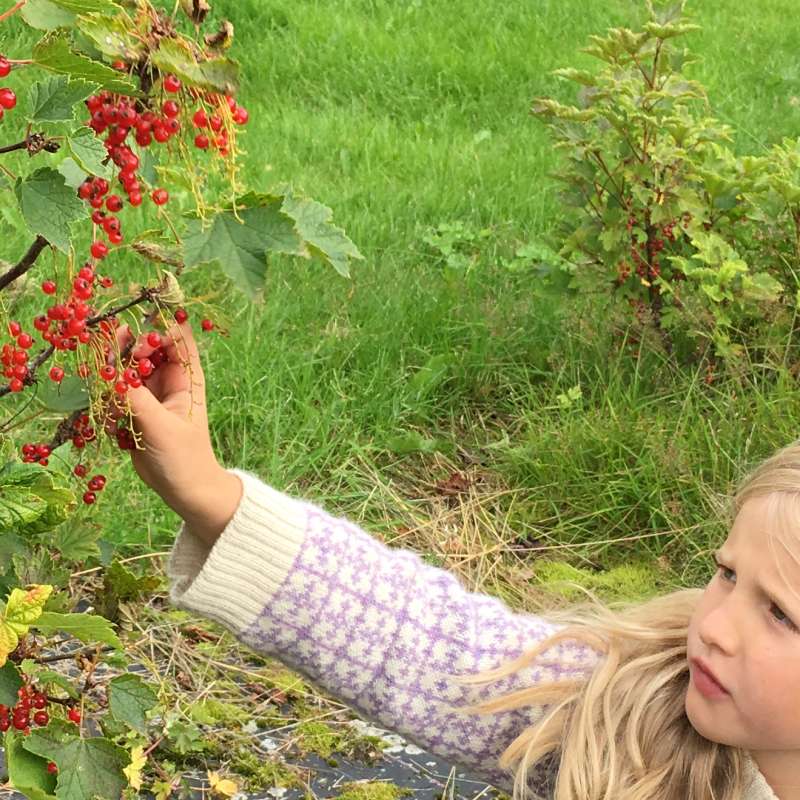Nina Trandem
Forsker
Sammendrag
Det er ikke registrert sammendrag
Forfattere
Glenn P. Svensson Hanh Huynh Ann-Kristin Isaksson Line Beate Lersveen Myhre Christer Löfstedt Sigrid Mogan Elisabeth Öberg Marja Rantanen Nina Trandem Olle AnderbrantSammendrag
Det er ikke registrert sammendrag
Sammendrag
Det er ikke registrert sammendrag

Divisjon for matproduksjon og samfunn
Innovativ og bærekraftig produksjon av Ribes i hele Norge-RibesMax
Solbær, stikkelsbær og rips, som alle hører til slekten Ribes, har på tross av sine lange tradisjoner og påviste positive helseeffekter hatt en negativ trend i norsk produksjonsvolum. I dag dekker den norske Ribes-produksjonen bare en femtedel av markedets behov. Det er derfor et stort potensial for økt norsk produksjon av disse artene. De dyrkes i dag hovedsakelig til industri-formål (saft, syltetøy og gelé), men det er også en økt interesse for produksjon til friskkonsum (dyrking i hekk eller espalier). Nye mat- og helsetrender gir mulighet for nye produkter basert på Ribes. I RibesMax ønsker vi å bruke erfaringer fra sidereventyret i Hardanger til å teste Ribes som råvare for drikker med og uten alkohol. RibesMax vil sette søkelys på utfordringer og muligheter for økt produksjon og økt verdiskapning, og prosjektet vil gi næringen et løft, ved å involvere hele verdikjeden.

Divisjon for bioteknologi og plantehelse
IPM-Fruit: IPM strategier for framtidens fruktproduksjon
I IPM fruit skal undersøke hvordan man kan bruke preventive og alternative tiltak for å oppnå et mer bærekraftig plantevern i frukt. Prosjektet legger opp til å undersøke både naturlige fiender i og utenfor frukthager, fysiske tiltak som preventive tiltak, biologiske plantevernmidler og hvordan best kombinere ulike tiltak under norske forhold. Prosjektet vil bli utført i samarbeid med NMBU, NLR, NIAB East Malling (UK), IRTA (Spania) og i nært samarbeid med fruktnæringen.

Divisjon for bioteknologi og plantehelse
IPM-fruit: IPM strategies for future fruit production
IPM fruit will investigate how preventive and alternative control measures can be used for sustainable fruit production. The project will study how natural enemies, physical control, and biologicals as well as combinations of these can be best applied under Norwegian conditions. The project will be carried out in collaboration with the Norwegian University of Life Sciences (NMBU), the Norwegian advisory service (NLR), NIAB East Malling (UK), IRTA (Sapin), and also in close collaboration with fruit growers.
